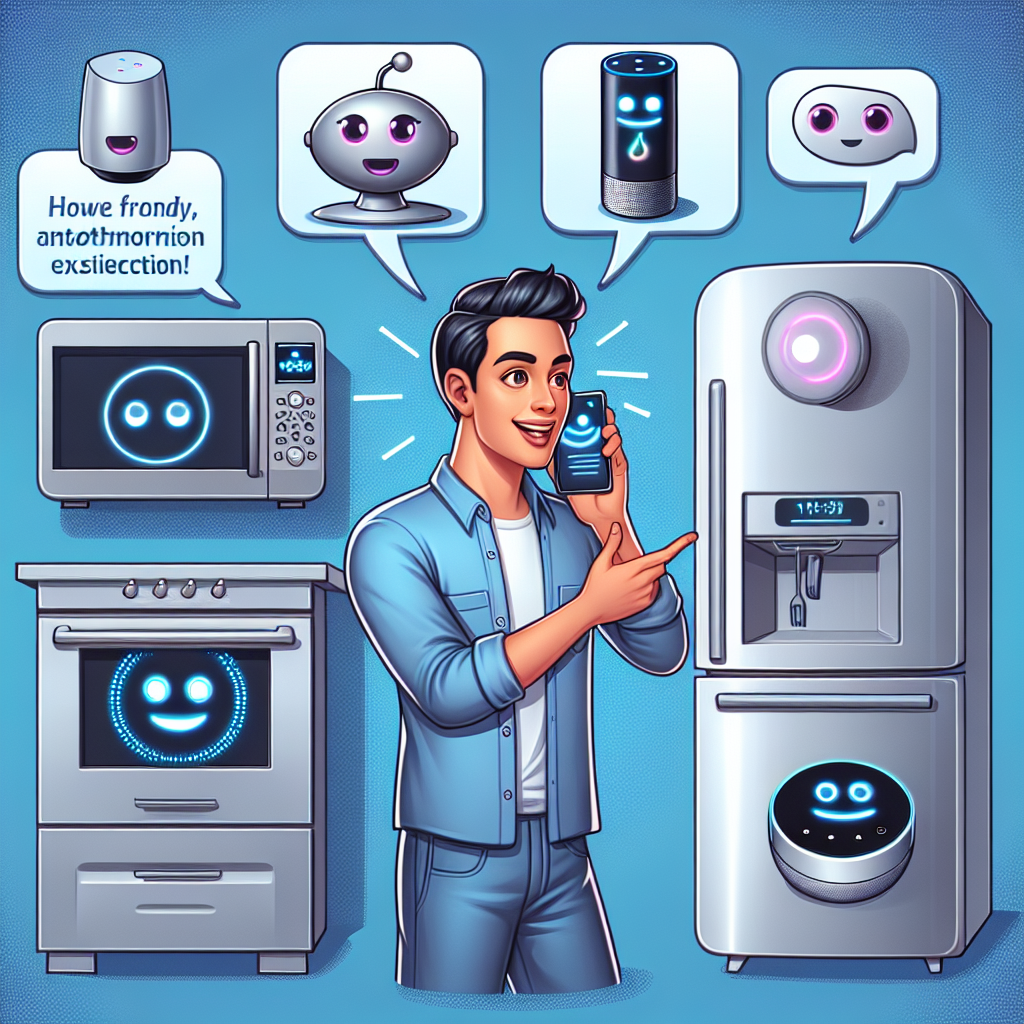Remember when creating software meant spending years learning to code? Those days are quickly becoming history. Today, AI SaaS creation platforms are revolutionizing how regular people build and deploy intelligent applications—no coding required!
These user-friendly low-code platforms are breaking down barriers that once separated innovative ideas from actual implementation. Whether you’re an individual entrepreneur with a brilliant concept, a small business owner looking to streamline operations, or even a developer seeking to accelerate your workflow, AI SaaS creation platforms are changing the game.
The Democratization of Technology Through Low-Code
The emergence of low-code platforms integrated with AI capabilities represents a genuine democratization of technology. Historically, developing software applications required extensive technical knowledge, significant financial investment, and considerable time. This reality excluded countless individuals with innovative ideas but limited coding expertise.
Today’s AI SaaS creation platforms are flipping this narrative. They provide intuitive, drag-and-drop interfaces that allow users to build sophisticated applications by assembling pre-built components. This approach eliminates the need to write code from scratch, making application development accessible to virtually anyone with a computer and an internet connection.
“We’re witnessing a fundamental shift in who can create technology,” says a recent industry report. “With AI-powered low-code platforms, the ability to build functional, intelligent applications is no longer limited to those with computer science degrees.”
This democratization extends beyond just making app creation easier—it’s about empowering individuals and small teams to compete in spaces previously dominated by large organizations with extensive development resources. The playing field is leveling, and innovation is flourishing as a result.
Supercharging Productivity Through AI Integration
The marriage of artificial intelligence with low-code development platforms has created a powerhouse for productivity and innovation. These platforms don’t just simplify the development process—they enhance it with intelligent capabilities that would typically require specialized expertise to implement.
The benefits are substantial and multifaceted:
Dramatically faster development cycles: What once took months can now be accomplished in days or even hours. According to industry research, low-code application development is 10 to 20 times faster than traditional coding methods. When AI is added to the mix, development accelerates even further as intelligent systems can automate complex decisions and suggest optimal solutions.
Accessibility for non-technical users: Perhaps the most revolutionary aspect is how these platforms empower non-technical individuals to create sophisticated applications. The intuitive interfaces, guided workflows, and AI-assisted development make it possible for someone with no coding background to build functional, intelligent applications.
Customization without complexity: Despite their simplicity, these platforms don’t sacrifice flexibility. Users can create highly customizable AI digital workers tailored to specific industry needs without diving into complex code. The AI components can be configured through simple interfaces that use natural language rather than programming syntax.
One small business owner shares: “I had an idea for an AI-powered customer service tool but thought it would remain just that—an idea. With an AI SaaS creation platform, I built a functional prototype in a weekend. What seemed impossible became reality without writing a single line of code.”
Personal AI Products: Enhancing Daily Life
Beyond business applications, AI SaaS creation platforms are opening exciting possibilities for personal productivity and problem-solving. Individuals are creating customized AI solutions to address their unique challenges and enhance their daily routines.
Consider these real-world examples:
Sarah, a freelance writer, created a personalized AI research assistant that helps her gather information, organize notes, and even generate initial drafts based on her specific writing style. “I’m not a programmer,” she explains, “but I was able to create a tool that perfectly fits my workflow and saves me hours each week.”
Michael, a busy parent, developed a family management application that uses AI to coordinate schedules, generate meal plans based on family preferences, and even predict potential scheduling conflicts. “It’s like having a personal assistant that knows exactly what our family needs,” he says.
A student used a low-code AI platform to build a study companion that adapts to her learning style, generates practice questions on topics she’s struggling with, and schedules review sessions at optimal intervals for retention.
These personal use AI products demonstrate how low-code platforms are enabling individuals to apply artificial intelligence to their unique circumstances. The technology becomes truly personalized, addressing specific needs rather than forcing users to adapt to one-size-fits-all solutions.
From Creator to Entrepreneur: Sharing and Selling AI Solutions
One of the most exciting aspects of AI SaaS creation platforms is the opportunity they provide for users to transform from consumers to creators—and potentially to entrepreneurs. Many platforms now feature integrated marketplaces where users can share and sell their AI creations to others with similar needs.
These marketplaces foster a vibrant ecosystem of innovation and collaboration:
Monetizing expertise: Subject matter experts who previously lacked technical skills can now package their knowledge into functional AI applications and generate revenue. A teacher with 20 years of classroom experience, for instance, created an AI-powered lesson planning assistant that’s now used by educators worldwide.
Niche solution development: The marketplace model encourages the creation of highly specialized solutions that might be overlooked by larger software companies. This results in an incredible diversity of tools addressing specific challenges across numerous industries.
Collaborative improvement: Many platforms allow users to build upon existing applications, creating a collaborative environment where solutions continuously evolve and improve through community contributions.
“What’s remarkable about these AI marketplaces is how they’ve created entirely new economic opportunities,” notes an industry analyst. “People with valuable domain knowledge but no technical background can now package that expertise into products that generate passive income.”
This ecosystem of sharing and selling AI products represents a significant shift in how software is created and distributed. Rather than a top-down model where large companies determine what solutions reach the market, we’re seeing a bottom-up approach where users identify needs and create solutions directly.
Transforming Work Through Workflow Automation
Perhaps the most impactful application of low-code AI platforms is in workflow automation—the ability to streamline and optimize business processes that previously required significant manual intervention.
These platforms allow users to:
Automate repetitive tasks: From data entry and document processing to customer communication and reporting, AI-powered workflows can handle routine operations with minimal human oversight.
Create intelligent decision systems: Applications can incorporate business rules and AI-driven decision-making to handle complex scenarios that previously required human judgment.
Integrate disparate systems: Low-code platforms excel at connecting various software tools and data sources, creating seamless workflows across previously siloed applications.
A small marketing agency owner shares: “Before using an AI workflow automation platform, we spent about 15 hours per week on routine client reporting. Now, our AI-powered workflow handles it automatically, freeing that time for strategic work that actually grows our business.”
The efficiency gains are substantial. Research indicates that organizations implementing workflow automation through low-code platforms see productivity improvements of up to 70% for certain processes. This translates to significant cost savings, reduced errors, and the ability to reallocate human resources to higher-value activities.
What makes these workflow automation capabilities particularly powerful is their accessibility. Complex process automation that once required specialized development teams can now be implemented by business users who understand the processes but lack technical expertise.
Zygote.AI: Empowering Everyone to Create Intelligent Applications
At the forefront of this revolution is Zygote.AI, whose vision aligns perfectly with the democratization of AI application development. As a comprehensive AI SaaS creation platform, Zygote.AI is committed to empowering individuals and teams to build intelligent, efficient applications without coding skills.
The platform embodies the belief that creation should be accessible to all, providing user-friendly tools that allow anyone to transform ideas into functional AI solutions. Through its intuitive interface, users can design highly customizable AI digital workers tailored to specific industry needs, whether they’re individual entrepreneurs seeking efficiency, small businesses aiming to innovate, or developers looking to accelerate their workflow.
Zygote.AI’s approach to fostering innovation goes beyond just providing tools. The platform creates an environment where collaboration thrives, encouraging users to share insights and build upon each other’s work. Its open marketplace enables creators to share and sell their AI SaaS products, creating opportunities for monetization while driving continuous innovation.
Perhaps most impressive is Zygote.AI’s commitment to fully automated workflows. The platform has already developed systems that can autonomously select topics, write content, generate illustrations, perform reviews, and publish promotional articles—all without human intervention. This vision of end-to-end automation represents the future of work, where routine tasks are handled by intelligent systems while human creativity is applied to higher-value activities.
The Future Is Accessible
The rise of AI SaaS creation platforms represents a fundamental shift in who can participate in the digital economy. No longer is the ability to create sophisticated software limited to those with technical training—it’s available to anyone with an idea and the motivation to bring it to life.
This democratization of technology has profound implications. It means the next breakthrough application might come from a teacher, a healthcare worker, or a small business owner who identified a need in their field and used a low-code platform to address it. It means innovation can emerge from anywhere, not just from traditional technology hubs.
For individual entrepreneurs, small businesses, and even developers, these platforms offer unprecedented opportunities to create, innovate, and solve problems efficiently. They represent not just a new way of building software but a new way of thinking about who can build it.
As we look to the future, one thing is clear: the barriers between ideas and implementation are falling. With user-friendly AI tools and customizable digital workers becoming increasingly accessible, we’re entering an era where anyone can be a creator of intelligent technology solutions. The question is no longer “Do you know how to code?” but rather “What problem do you want to solve?”
The AI SaaS creation revolution is here, and it’s making technology creation accessible to everyone. No coding required.









